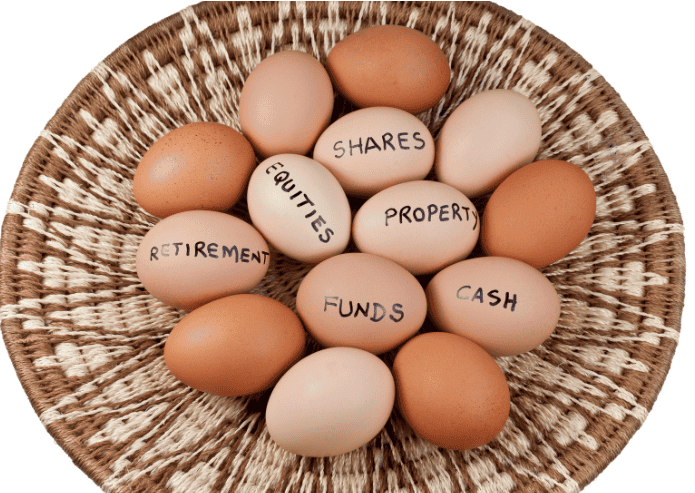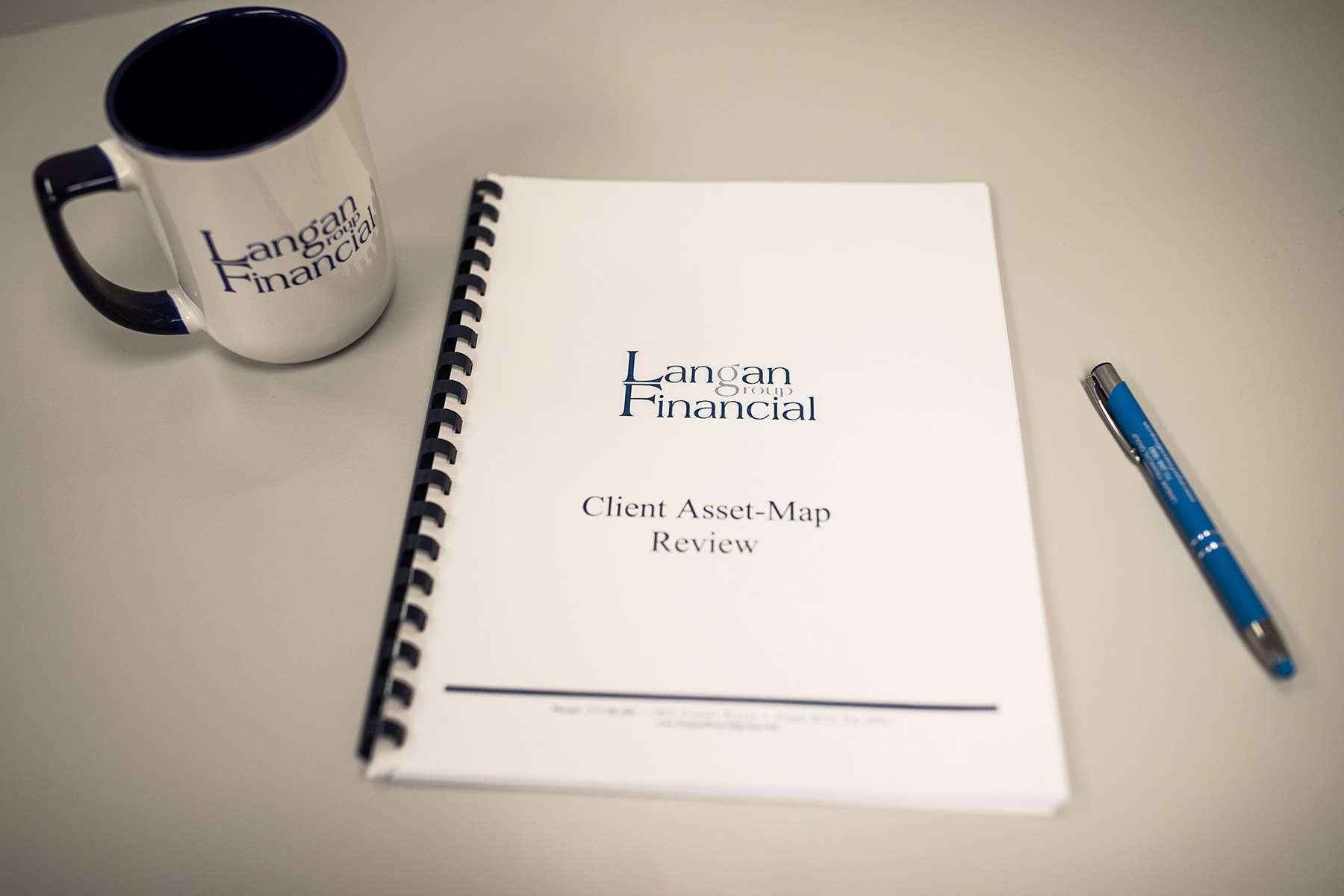As we move deeper into 2025, investors face a rapidly evolving financial landscape marked by volatility, inflation concerns, and shifting economic policies. Striking the right balance between stocks and bonds is more critical than ever for building a resilient portfolio.

Stocks vs. Bonds in 2025: Which Is Right for Your Portfolio?
The debate between stocks and bonds remains central to portfolio construction, but the dynamics have shifted in 2025. Historically, stocks have outperformed bonds over the long term, with the Morningstar US Market Index averaging annual returns of 12.2% over the past decade compared to just 1.5% for bonds. However, recent market turmoil has seen bonds emerge as a stabilizing force amid stock volatility.
In early 2025, the Morningstar US Core Bond Index outpaced stocks with a year-to-date return of 3%, compared to a 0.6% decline in the US Market Index. This reversal highlights the importance of diversification as stocks face headwinds from trade wars and inflationary pressures. Bonds are fulfilling their traditional role as a hedge, providing ballast during equity drawdowns.
For risk-tolerant investors with longer time horizons, stocks remain appealing due to their growth potential. Conversely, bonds offer stability for those seeking lower-risk investments or nearing retirement. The classic 60/40 portfolio split (60% stocks, 40% bonds) continues to be a popular strategy but may require adjustments based on individual goals and market conditions.
How to Balance Risk and Reward in Today’s Market
Balancing risk and reward has become increasingly complex due to rising interest rates and inflation shocks. According to Morgan Stanley’s Global Investment Committee, diversification is key to managing these challenges in 2025. Investors are advised to look beyond traditional stock-bond allocations and consider alternative assets like dividend stocks or real estate for enhanced risk resilience.
The positive correlation between stocks and bonds observed during recent market cycles complicates portfolio construction. Unlike pre-pandemic periods when bonds reliably hedged against equity losses, today’s environment demands more nuanced strategies. Rebalancing portfolios periodically can help maintain optimal risk-return ratios by realigning asset allocations based on performance thresholds.

Investment Insights: Building a Stable Portfolio in Volatile Times
Building stability in volatile markets requires disciplined portfolio management. Experts recommend focusing on high-quality fixed-income assets like Treasury Inflation-Protected Securities (TIPS) alongside diversified equity holdings. Dividend-paying stocks are particularly compelling in 2025 due to their higher yields compared to bonds—many dividend stocks offer yields exceeding 4%, while US Treasury bonds hover around 4.14%.
Rebalancing is another critical strategy for maintaining stability. By selling outperforming assets and reinvesting in underperforming ones, investors can capitalize on market inefficiencies while avoiding emotional decision-making during market swings. For retirees or those nearing retirement, scaling back equity exposure in favor of bonds can reduce risk while preserving income streams.
Navigating Interest Rate Changes: Impact on Stocks and Bonds
Interest rate changes continue to play a pivotal role in shaping market dynamics. In 2024, higher Treasury yields dampened bond performance relative to equities, but the trend has shifted in early 2025 as rate stabilization boosts fixed-income returns. The Bloomberg US Aggregate Bond Index underperformed cash last year but is now showing signs of recovery as inflation moderates.
For stock investors, rising rates can create challenges by increasing borrowing costs for companies and compressing valuations. However, sectors like technology have shown resilience despite rate pressures—tech giants drove standout equity returns in 2024 with gains of up to 67% among market leaders like Apple and Microsoft.
Investors should monitor macroeconomic indicators closely when adjusting their portfolios. A diversified approach that accounts for rate volatility—such as combining dividend-paying equities with high-quality bonds—can help mitigate risks while capturing growth opportunities.

Positioning Your Portfolio for Success in 2025
Navigating the complexities of today’s markets requires adaptability and informed decision-making. Whether you lean toward stocks for growth or bonds for stability, diversification remains the cornerstone of successful investing.
By balancing risk and reward through rebalancing strategies and exploring alternative assets like dividend stocks or real estate, you can build a portfolio that thrives amid uncertainty.
Key Takeaways:
- Stocks offer long-term growth potential but come with higher volatility; bonds provide stability during market downturns.
- Diversification beyond traditional stock-bond allocations is essential for managing inflation shocks and interest rate changes.
- Rebalancing portfolios periodically helps maintain optimal asset allocation while reducing emotional decision-making during market swings.
- Dividend-paying stocks are particularly attractive in 2025 due to their higher yields compared to fixed-income assets like Treasury bonds.
By staying informed about market trends and tailoring your investment strategy to your goals and risk tolerance, you can position your portfolio for success in this dynamic financial environment!
About the Financial Planning Author

Alexander Langan, J.D, CFBS, serves as the Chief Investment Officer at Langan Financial Group. In this role, he manages investment portfolios, acts as a fiduciary for group retirement plans, and consults with clients regarding their financial goals, risk tolerance, and asset allocation.
With a focus on ERISA Law, Alex graduated cum laude from Widener Commonwealth Law School. He then clerked for the Supreme Court of Pennsylvania and worked in the Legal Office of the Pennsylvania Office of the Budget, where he assisted in directing and advising policy determinations on state and federal tax, administrative law, and contractual issues.
Alex is also passionate about giving back to the community, and has participated in The Foundation of Enhancing Communities’ Emerging Philanthropist Program, volunteers at his church, and serves as a board member of Samara: The Center of Individual & Family Growth. Outside of work and volunteering, Alex enjoys his time with his wife Sarah, and their three children, Rory, Patrick, and Ava.
About Langan Financial Group: Financial Advisors
Langan Financial Group is an award-winning financial planning firm with offices in York, Pennsylvania and Harrisburg, Pa.
With over 100+ 5-star reviews, Langan Financial Group is an independent financial planning firm established in 1985, offering a broad range of financial planning services.
With an open architecture platform, our advisors have access to a diverse range of products, free from any sales quotas.
Our team of 9 financial experts, each with unique specialties, enhances our ability to focus on delivering value to our clients.
Disclosure
The content is developed from sources believed to be providing accurate information. The information in this material is not intended as tax or legal advice.
Please consult legal or tax professionals for specific information regarding your individual situation.
The opinions expressed and material provided are for general information, and should not be considered a solicitation for the purchase or sale of any security.
Securities offered through Cambridge Investment Research, Inc., a Broker/Dealer, Member FINRA/SIPC.
Investment Advisor Representative, Cambridge Investment Research Advisors, Inc. a Registered Investment Advisor. Cambridge and Langan Financial Group, LLC are not affiliated.
Cambridge does not offer tax or legal advice.



